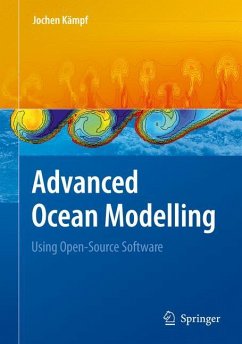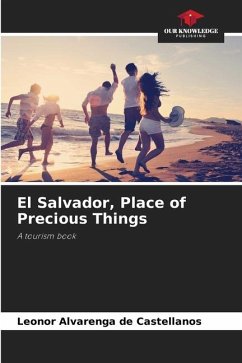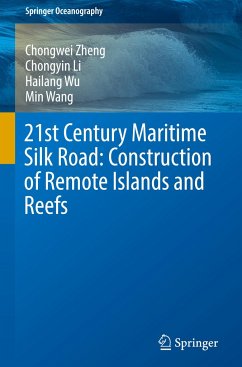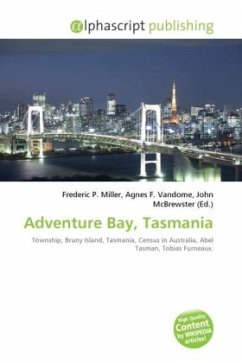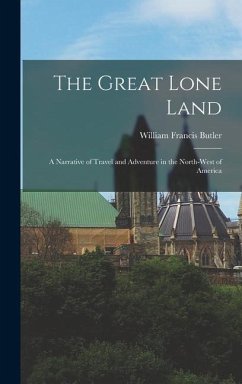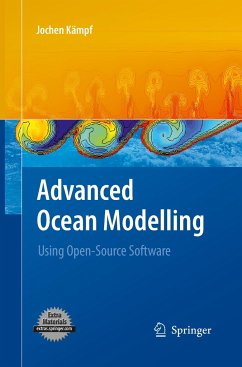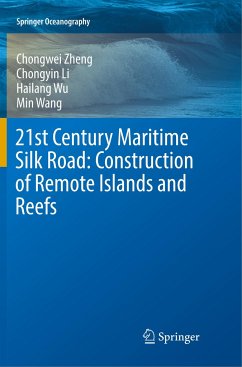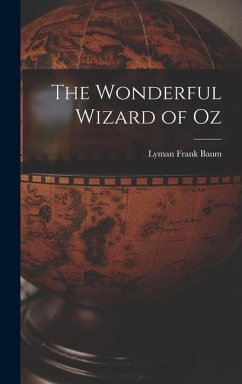
Seahog's Deep Sea Adventure
Versandkostenfrei!
Versandfertig in 6-10 Tagen
27,19 €
inkl. MwSt.

PAYBACK Punkte
0 °P sammeln!
The development of the Seahog started in 2010. It is a third generation tetheredunderwater Remotely-Operated Vehicle currently in development by the Roboticsand Agents Research Lab (RARL) within the Department of Mechanical Engineeringat the University of Cape Town. The Seahog was established as an overhaul of twoprevious ROVs developed by various students within the same lab. The reason forbuilding an in house ROV was to develop a cheap alternative to commercial offeringsto specifically meet the needs described by the marine biology group at theUniversity of Cape Town. They wanted an ROV main...
The development of the Seahog started in 2010. It is a third generation tetheredunderwater Remotely-Operated Vehicle currently in development by the Roboticsand Agents Research Lab (RARL) within the Department of Mechanical Engineeringat the University of Cape Town. The Seahog was established as an overhaul of twoprevious ROVs developed by various students within the same lab. The reason forbuilding an in house ROV was to develop a cheap alternative to commercial offeringsto specifically meet the needs described by the marine biology group at theUniversity of Cape Town. They wanted an ROV mainly for marine life observationwith a possibility of small sample collection. The Seahog was started by two master'sdegree students after it was deemed unfeasible to improve upon the Challenger I orRobin (the names given to the two previous ROVs). Development of the open-frameROV Seahog was then commenced. This design was perceived to be a better designcompared with the two previous ROVs' which were torpedo-shaped. This designchoice offered more in terms of adaptability and maintenance as each functionalfeature was contained in its own module separate from other modules. For example,the Inertial Measurement Unit (IMU) is housed in its own module, so in case of anavigation feedback breakdown, debugging would be easier to perform.Table 1 shows some of the specifications or characteristics of each of the three ROVsdeveloped by the RARL lab over the years.





